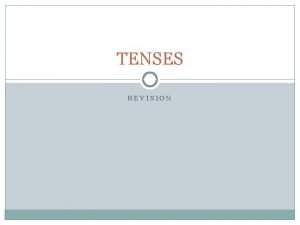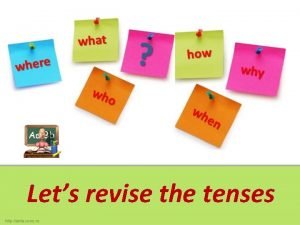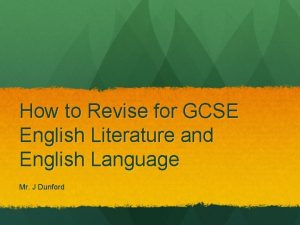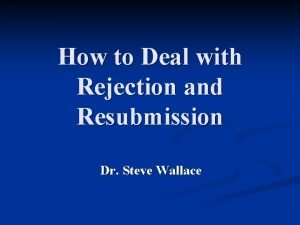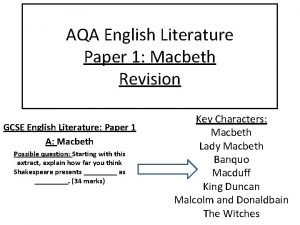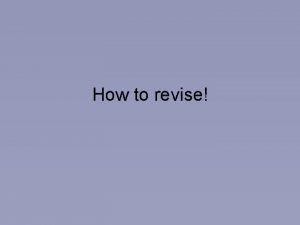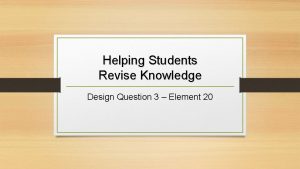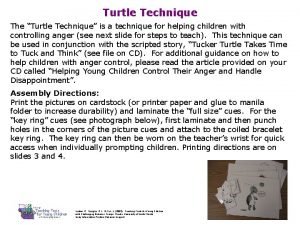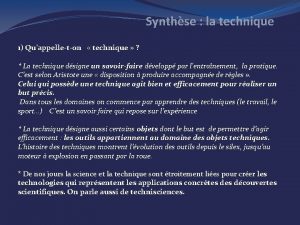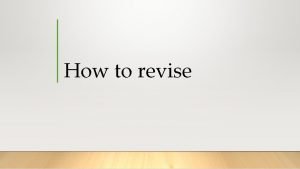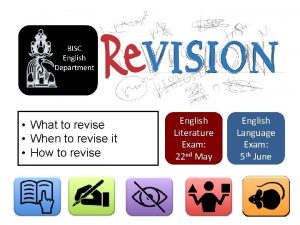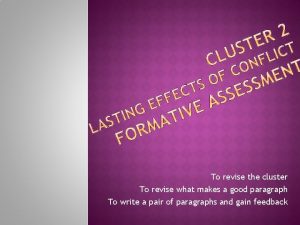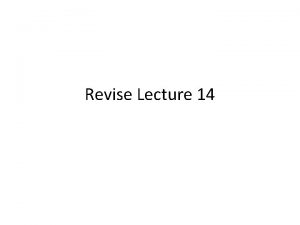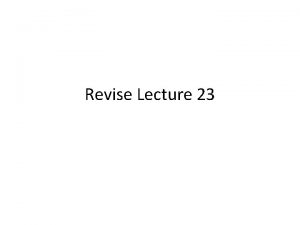Speech Writing L O To revise the technique













- Slides: 13

Speech Writing L. O: To revise the technique behind writing a ‘top grade’ speech.

It’s really important that you consider the audience when you have to write a speech in the exam!

SPEECHES – THE SECRETS • CONTENT • Often, a good speech will describe or refer to content and subject matter that is deliberately provocative and emotive. • For example: children, family, the elderly, animals, gruesome details, are often used (and are successful in) provoking the emotions of listeners.

• SPECIFIC EXAMPLES • a great speech will probably allude to a specific well-known event or a certain famous (or infamous) individual in order to show examples of good / bad practice.

• THE RULE OF THREE • This is when information is provided in a list of three things. • Phrases or even sentences can conform to the rule of three.

• USE OF CONTRAST / JUXTAPOSITION • Great speeches often compare and contrast one event / person / thing with another to add impact and emphasis to their views. • In particular, they will describe and detail what is happening (usually bad) with what should be happening (good / better).

• USE OF TIMESCALE / HISTORY • The past, the present and the future often give speeches an excellent structure. • In fact, this pattern is commonly used to evoke emotions and stir up feelings (from the past / yesterday), hopes (for the present / today) and dreams (for the future / tomorrow).

• REPETITION • Speakers often use repetition, repetition. In fact, this is probably one of the best ways of making sure that your message gets through. • You can repeat key words or phrases or, indeed, both. Repeating key phrases gives your speech a great parallel structure.

• RHETORICAL QUESTIONS • Use of rhetoric, especially rhetorical questions, adds impact and drama to a speech. • It gives the effect of a dialogue when in fact, they are just talking at you – both asking and answering the questions themselves! • The tone of the questions can vary, according to the part of the speech.

• LANGUAGE (DICTION) • Speechmakers are precise in their use of language and the vocabulary is often powerful, dramatic and highly emotive. • You can be sure that every single word in a speech has been carefully selected.

• POSITIVE VOCABULARY • NEGATIVE VOCABULARY • EXAGGERATION (Gross generalisations / sweeping statements and assertions) • UNDERSTATEMENT (Gross generalisations / simplifying the issue) • QUOTATIONS

• LITERARY / SOUND DEVICES • Alliteration: Repeating the initial consonant of a group of words for aural effect. Alliteration makes the speech memorable (by creating links) and also adds atmosphere. • Assonance: Repetition of vowel sounds. (See alliteration for effect. ) • Onomatopoeia: Where the words used sound like thing or concept being described. Using this device can bring a speech to life. • Rhyme: Words that rhyme or sound similar are effective as they are often pleasant to the ear. Rhyming (or part-rhyming) words act as signals; the listener can almost predict a part of the speech.

• FIGURATIVE LANGUAGE • In order to add interest, impact and drama to a speech, skilled orators use figurative language. They use language to create ‘word pictures’ and the listener can visualise or imagine figures, images and comparisons. • Metaphor: Describing two unrelated things using direct comparison. Sometimes the metaphor can be drawn out and becomes an Extended Metaphor. • Simile: Describing two unrelated things or ideas using the words ‘as’ or ‘like’. • Personification: Giving human qualities to non-human or inanimate objects and things.
 Simple present tense revision
Simple present tense revision Minor revision response letter
Minor revision response letter Present simple remember
Present simple remember How to revise for english literature gcse
How to revise for english literature gcse Revise and resubmit letter example
Revise and resubmit letter example Assure lesson plan
Assure lesson plan English literature paper 1 macbeth and inspector calls
English literature paper 1 macbeth and inspector calls Limitations of item analysis
Limitations of item analysis What is unstructured questionnaire
What is unstructured questionnaire How to revise and remember
How to revise and remember What does revise mean
What does revise mean How to revise effectively
How to revise effectively Lets revise
Lets revise Helping students revise knowledge
Helping students revise knowledge
